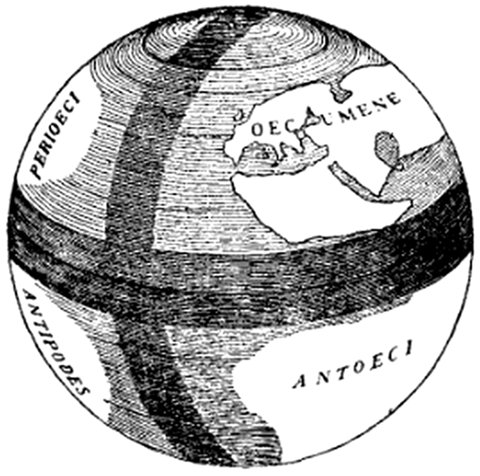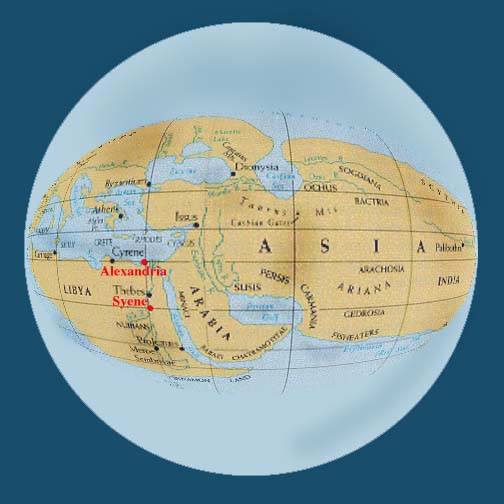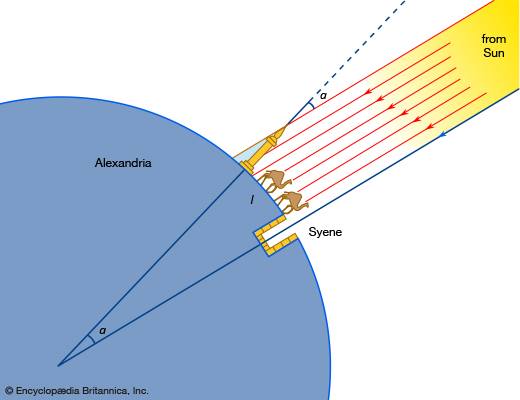In this episode, we take a short step back in time and look at the invention of the academic discipline of geography by Eratosthenes of Cyrene, and the effects which a more ordered understanding of the world had on ancient Mediterranean perceptions of it.
Go here for listener Derrick Adams’s Sasquatch Itch Cream: www.sasquatchcream.com

The globe of Crates of Mallus
Crates was a Greek philosopher working roughly 40 years after the death of Eratosthenes, mostly in the city of Pergamon, in modern-day Turkey. I really wanted to feature Crates more than I did in this podcast episode, but I couldn’t find a good way to fit him in.
Crates based himself on work done by Eratosthenes in locating the oikoumene on the surface of the Earth and, according to Strabo, was the first person to create a physical model of a globe, which was apparently 10 feet in diameter (!)
What’s more, Crates followed Eratosthenes’ earlier supposition that at least some of the Earth’s large unknown areas would be likely to be inhabited, and thus theorized the existence of “Ethiopians” living across the ocean, past the “torrid zone” of the world, which the Greeks believed was too hot to be inhabitable.

An interesting representation of Eratosthenes’s world map superimposed on a globe, and showing the prime meridian and prime parallel intersecting at the island of Rhodes, which thus became the center of geographical thought for centuries after Eratosthenes’ publication of The Geography (a little bit like the role which Greenwich plays today).
The author of this picture correctly shows Eratosthenes’ view of the oikoumene as an elongated rectangle tapering off at the edges. However, he makes the mistake of not recognizing Eratosthenes’ knowledge of Britain, Ireland, and particularly the Indian subcontinent, of which Eratosthenes was very much aware and of which he actually established a fairly accurate map (at least north-south), basing himself on reports of Greek ambassadors such as Megasthenes.
Finally, this picture seems to indicate that Eratosthenes thought the oikoumene to be smack-dab in the center of the Earth’s sphere, whereas he correctly placed it in the southern edge of the northern hemisphere (indeed, where it actually is in reality!)

This is a diagram of the way in which Eratosthenes measured the circumference of the Earth, which I found here: https://www.britannica.com/biography/Eratosthenes
However, the idea that Eratosthenes used a well in Syene is a myth. The story, as reported to us, is indeed that people living in Syene noticed that the sun shone directly into the bottom of the well, thus suggesting that it was directly overhead of the town. However, for his scientific measurement, we are never told that Eratosthenes used this same well, nor would it make any sense: using a properly constructed pair of gnomon (measuring sticks), just like Pytheas used, would have been a much more effective way to accurately make the measurements which he needed.
Great topic. Important to provide that context for understanding exploration.
I am grateful for your impressive podcast. So much fun. Thank you.
LikeLike
Thank you very much for the kind words (and thank you very much for your generosity as well!) I will redouble my efforts to try and produce more content, while not compromising the quality.
LikeLike